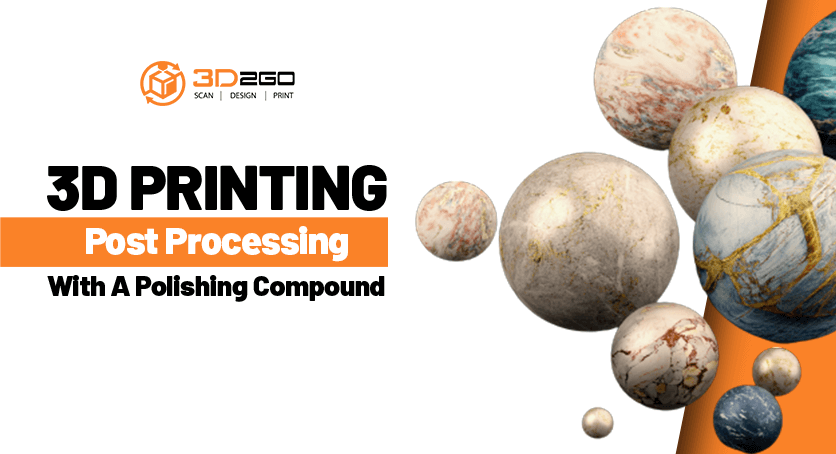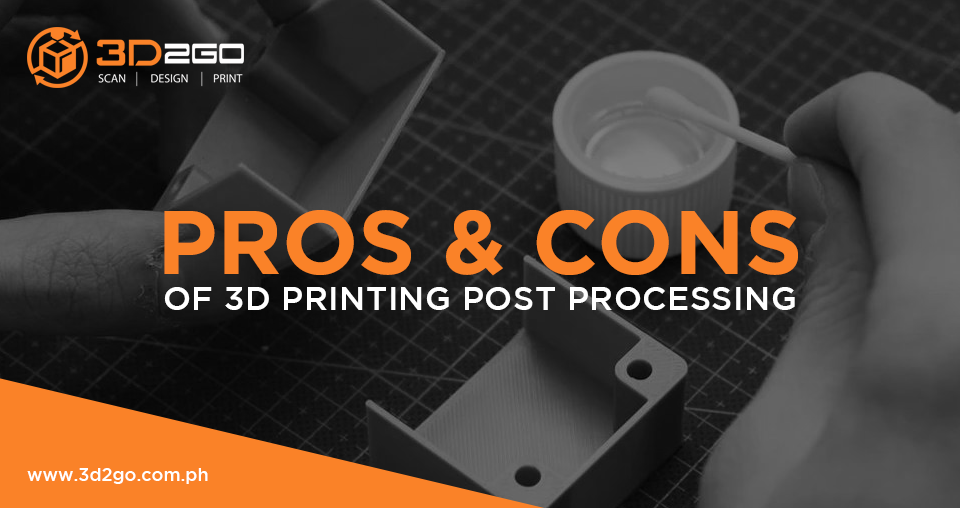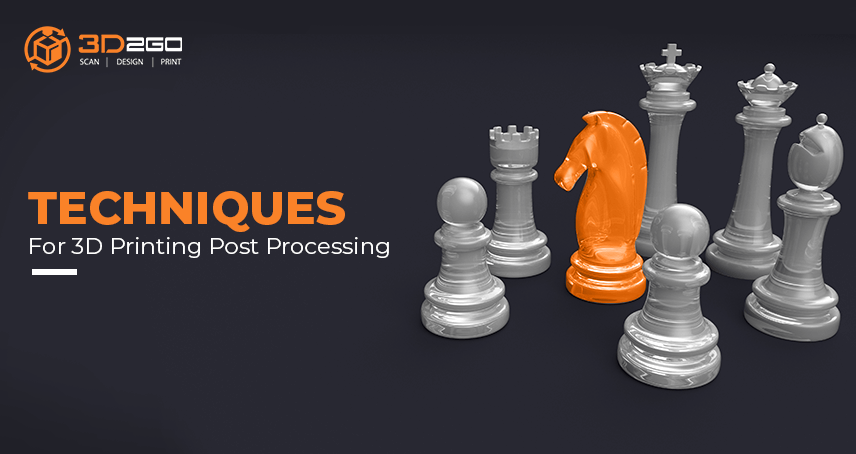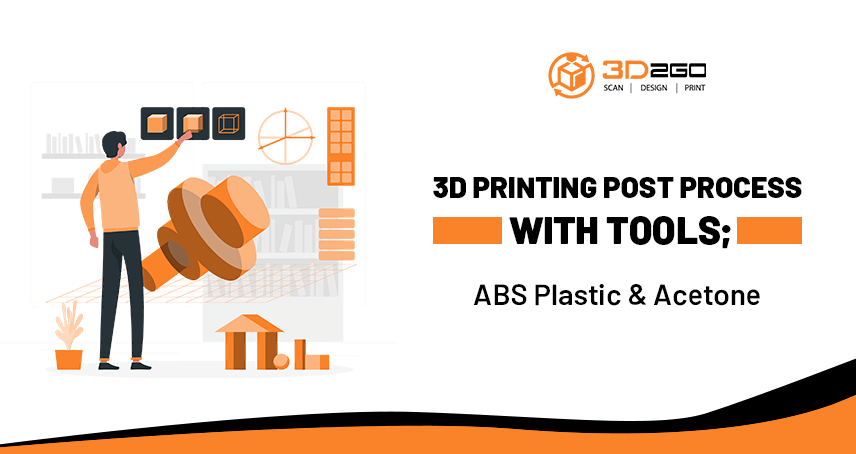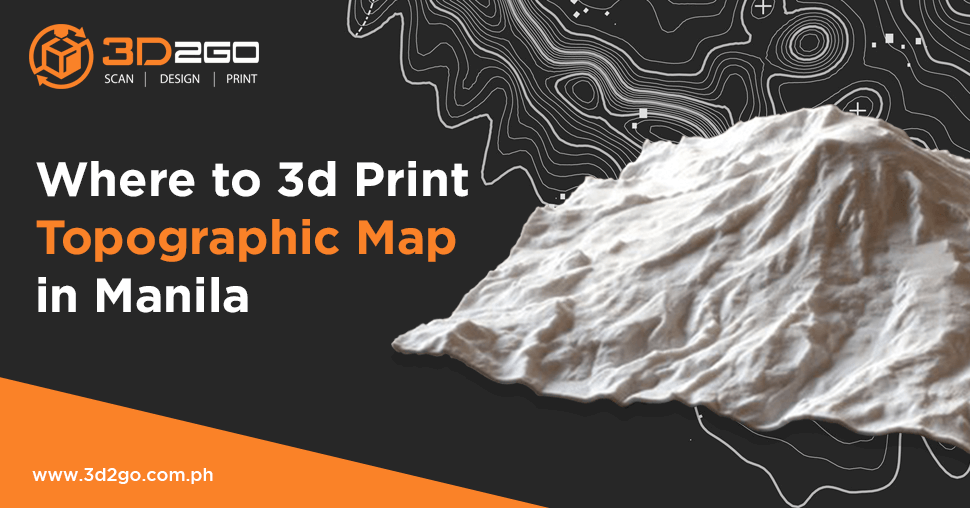
Where To 3D Print Topographic Map In Manila
May 27, 2022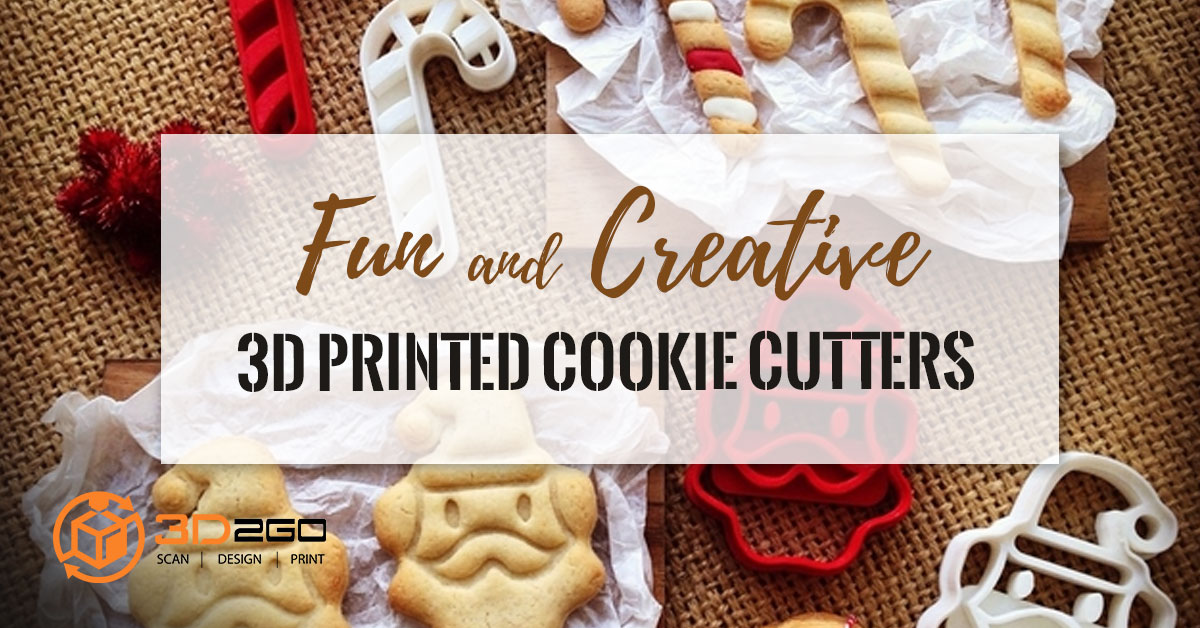
Create Delectable Holiday Treats With 3D-Printed Cookie Cutters
May 28, 2022How to finish 3d prints in different ways
Finishing is the post-printing process of smoothing the surface of a printed object. It is so that it looks as perfect and professional as possible. Large industrial 3D printers accomplish this task by using acetone cloud chambers, multi-axis enamel jets and agitating chemical baths.
However, you don’t have to have that kind of expensive equipment to finish 3D printed projects. Because every print material requires slightly different finishing techniques, we list down common finishing techniques:
- Polishing
- Varnishing
- Dyeing
- Painting
- Sanding
- Bead blasting
- Shot peening
- Heat treatments
- Vibratory systems
- Tumbling
- Vapor smoothing
- Solvent dipping
- Epoxy coating
- Epoxy infiltration
3d print finishing tools
Even though 3D printers are constantly becoming better, there are still all kinds of printing errors that can occur. Some helpful finishing tools are:
Knife tip
Cutting and removing sections including the removal of supports, brims, and rafts from your 3D print. Includes special coating to prevent plastic from sticking to the tip.
Needle tip
Great for clearing small holes and features or for detailed layer refinements in hard to reach places. Includes special coating to prevent plastic from sticking to the tip.
Scoop tip
Perfect to remove stringing and imperfections from inside holes or recesses. Can also be used to blend surfaces. Includes special coating to prevent plastic from sticking to the tip.
Point tip
General purpose tip for larger internal features and holes. Can even be used for making holes after printing! Includes special coating to prevent plastic from sticking to the tip.
Polishing abs plastic with a polishing compound
Hard plastic like ABS is the easiest, and can quite often be finished off without conventional sanding.
Polishing compounds are used to remove dull oxidized film and light imperfections on metals and plastics. This hard compound is applied with cloth or felt polishing accessories and nylon bristle brushes.
- Ideal for polishing or brightening
- Can be used on metals and plastics
- Can also be used to remove light surface imperfections
- Apply with cloth or felt polishing accessories and nylon bristle brushes
We listed below steps to help you polish:
- Choose the most applicable buffing compound depending on the work surface material to be polished. Start with the coarsest applicable compound.
- Apply polishing compound sparingly to the face of a revolving buffing wheel. Repeat application of compound as needed during the buffing and polishing operations.
- Use only slight pressure in applying the revolving buff to the work surface, thereby allowing the buffing wheel and the polishing compound to do the work.
- If after polishing the work surface is still dull, it will be necessary to repeat the operation following up with a finer suitable compound.
- Before changing from one buffing compound to another, “rake” the buffing wheel thoroughly with a sharp tool to remove the previous compound. Better yet, keep a different buffing wheel for each compound.
- Beautiful finishes can be obtained with the finest applicable polishing compound applied to a single stitch buffing wheel, felt wheel, or felt bob.
- When work has been completed the working surface can be washed in warm soapy water to remove any excess buffing compound or dirt which may have accumulated. Dry with soft wool cloth or chamois. The high luster obtained from buffing can be protected from future oxidation by the proper application of a clear metal lacquer.
Polishing takes too much of your time and you prefer getting a new 3D printed product instead?
Simply send us your files in our email address, management@my3d.com.ph. You can also reach us through our Facebook and Instagram pages today!


